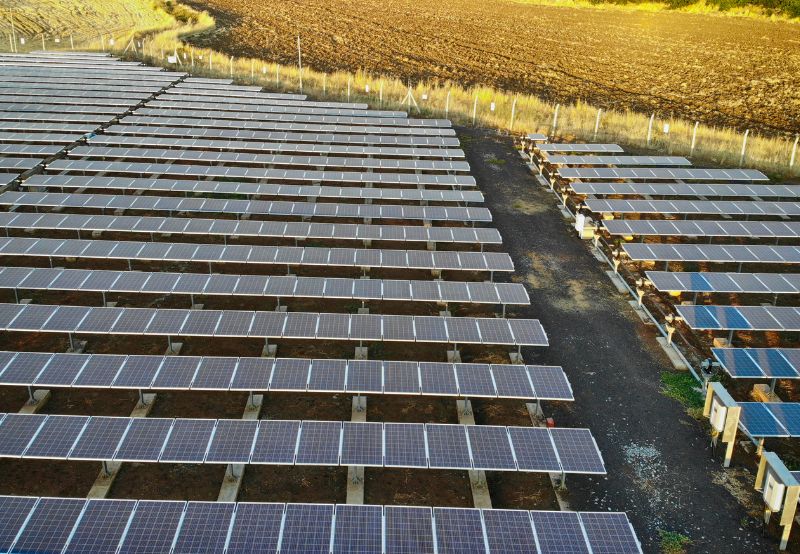APPLY FOR FUNDING
Up to $40,000 available
Contents
- 0.0.1 The Rapid Response Facility provides funding for conservation emergencies in UNESCO natural World Heritage sites.
- 0.0.2 RRF criteria:
- 0.0.2.1 1. The site must be located in an eligible country:
- 0.0.2.2 2. The site must be a listed UNESCO natural World Heritage site (or an internationally recognised site of high biodiversity value):
- 0.0.2.3 3. Applications must address a sudden emergency situation:
- 0.0.2.4 4. Applications must be from an eligible organisation:
- 1 HOW TO APPLY
Applications accepted all year round
The Rapid Response Facility provides funding for conservation emergencies in UNESCO natural World Heritage sites.
Applications to the RRF must meet each of our criteria in order to qualify for funding. Please carefully read all the information available below.
RRF criteria:
1. The site must be located in an eligible country:
RRF grants are restricted to countries that are eligible for ‘official development assistance’ according to the OECD. A list of countries that are eligible for RRF funding can be found here.
Overseas territories of developed countries may occasionally be considered, please contact the Secretariat for advice.
2. The site must be a listed UNESCO natural World Heritage site (or an internationally recognised site of high biodiversity value):
RRF grants are available for UNESCO natural World Heritage sites. The list of UNESCO World Heritage sites can be found here; please note UNESCO cultural World Heritage sites are not eligible for RRF funding.
In rare cases, we may also consider other high-priority protected areas including;
1) Sites on the tentative World Heritage list
We occasionally accept applications from sites on ‘tentative’ lists, which can be found here. We only consider sites included under natural or mixed categories.
2) Other eligible sites
In exceptional circumstances the Rapid Response Facility may provide grants for places other than World Heritage sites. These would need to be one of the following:
– a site that directly impacts the ‘outstanding universal values’ (OUV) of a natural World Heritage site. This includes sites that are in close proximity to a natural World Heritage site, where the threat would impact the biodiversity within the World Heritage site.
– sites with other international designations.
Such as;
- UNESCO Man & Biosphere Reserves
- Ramsar sites
Applications for actions outside the World Heritage site network must clearly demonstrate the global significance of the site’s biodiversity in order to qualify for funding.
3. Applications must address a sudden emergency situation:
The RRF only funds actions at a site facing an ‘emergency’ threat to its biodiversity. We do not fund on-going issues even if they require urgent action.
The RRF’s definition of emergency is based on the following criteria, all of which will be considered during the decision process:
1) Suddenness: How recently has the threat emerged or worsened? RRF only consider a situation an emergency if it has arisen in the last few months or weeks, or if the intensity of an existing threat has got suddenly worse. RRF advise applicants to provide evidence of any recent increases in the threat profile where possible.
2) Predictability: Based on past experience, how predictable was the situation? The RRF prioritises funding for situations where the threat was unpredictable and thus difficult to prepare for in advance.
3) Time sensitivity: Will there be a measurable conservation benefit if work starts immediately (within days / 1-2 weeks), rather than in months or years? The RRF prioritises projects that require immediate assistance.
4) Duration and reversibility of impact: Does the threat have the potential to cause long-lasting negative impact to the biodiversity value of the site? The RRF prioritises actions that avert irreversible damage or reduce long-term negative impacts.
Applications must meet most or all of these criteria in order to qualify for funding. Those that do not meet the criteria are likely to be rejected by the Secretariat.
4. Applications must be from an eligible organisation:
The RRF can make grants to any organisation that has permission to work at the proposed site. The RRF does not make grants to individuals. The types of organisations we fund include (but are not limited to):
1) Government bodies responsible for site management (for example national wildlife agencies, park managers, government ministries etc.)
2) Registered local, national or international non-governmental organisations (NGOs)
3) Private sector organisations (including local and multinational corporations)
Applicant organisations must be able to accept funds into an organisational bank account, directly from the UK in US Dollars (USD).
If you are uncertain whether you are eligible to apply or whether your proposal meets the RRF criteria, please contact the Secretariat (rrf@fauna-flora.org) for advice.
For a full list check out our Grants Summary.
HOW TO APPLY
- Requests for funding are only accepted through submission of the official RRF application form to the RRF email address (rrf@fauna-flora.org)
- All applicants must include contact details of two independent referees
- Applications from NGOs or private sector organisations must include a letter of support from the relevant site management authority as part of their application
- Applications are accepted year round, there are no deadlines




